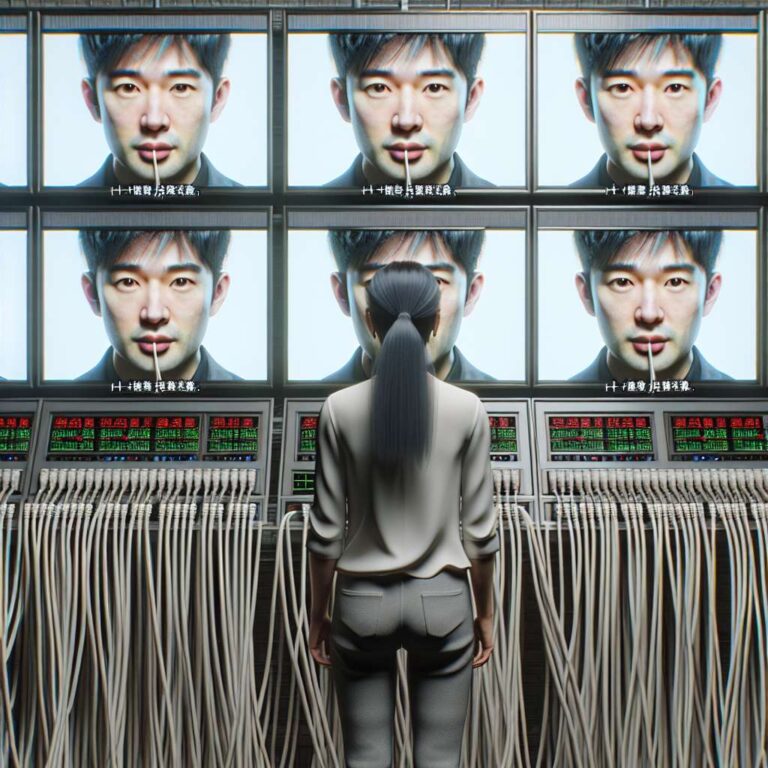Businesses are rapidly embracing artificial intelligence video extenders as game-changers for their communication strategies. These advanced tools automate and enhance video content creation, notably through features such as automatic translation, lip-syncing, and visual adjustments. As a result, teams in learning and development, human resources, and marketing can easily scale their operations, reaching global audiences while maintaining consistency and quality in messaging. Artificial intelligence video extenders are particularly powerful for multilingual environments, significantly reducing the time and resources traditionally required to create, localize, and distribute video content.
By leveraging sophisticated algorithms, these platforms can handle complex tasks in video production. They translate and lip-sync video content into multiple languages, adapt pacing and visuals to fit cultural expectations, and perform quality assurance through advanced machine learning. Such automation offers a substantial improvement over manual methods, slashing both production costs and turnaround times. Real-world case studies highlight extraordinary results across industries: a multinational software company drastically accelerated product training localization; a global pharmaceutical firm streamlined compliance training for international staff; and a major university expanded its reach and diversity by serving localized learning modules to a broader student base.
The transition to artificial intelligence video extenders involves careful planning, beginning with an audit of current workflows and identification of automation opportunities. Selecting tools that integrate seamlessly and testing with pilot projects are crucial to successful adoption. Best practices recommend balancing increased content output with a commitment to quality, using data analytics to refine content strategy, and fostering collaboration across business units for cohesive messaging. Despite the promise, challenges remain—notably the accuracy of automated translations and the need to ensure data privacy. Combining artificial intelligence outputs with human oversight, comprehensive employee training, and regulatory compliance measures can address these concerns. Looking ahead, the use of artificial intelligence video extenders is set to grow as businesses demand faster, more personalized communication, reinforced by trends in automation, localization, and the emergence of features like emotion detection and real-time feedback. Companies that invest in these technologies can expect to strengthen audience engagement, shorten production cycles, and gain a sustainable edge in digital content strategy.

